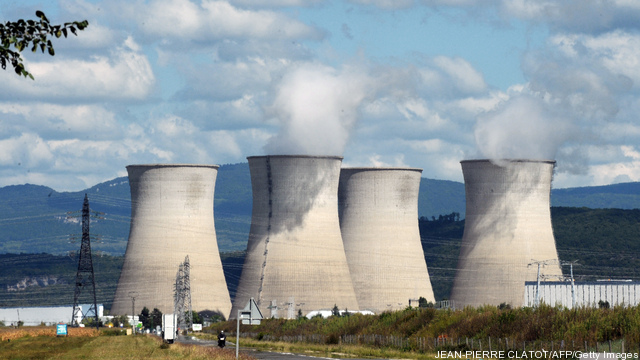
Markets for trading electricity are not designed in a way that best serves their underlying policy goals, bankers and analysts claim.
“Capacity markets are an interesting political conundrum,” Constellation Energy Commodities Group energy policy vice president Daniel Allegretti said at the Platts Annual Financing US Power conference in New York.
Markets for trading electricity are functioning across roughly half the US following a slow and uneven, and still incomplete, deregulation of the sector that started in the 1990s. The markets are designed to allow power companies and electricity providers to bid electricity supply into regional pools to meet demand, and although each of the regional markets functions differently they are intended to favor the most efficient electricity sources bidding into the highest-priced markets at the most effective times.
In reality, the complexity of market design has undermined that policy goal, the bankers gathered at the Platts summit said, and limited investment in new energy infrastructure capacity.
“We haven’t figured out a way for capacity markets to allow for unit retirement,” Allegretti said. Utilities with fully written-down older and less-efficient plants continue to operate them in the anticipation they might be able to use them in higher-priced market scenarios, preventing the market from rising high enough for long enough to create incentives for new generation investment.
The markets are further distorted by a system of “vintages” attached to power units, depending on their age, that impact their ability to serve different load types at different prices. Different vintages on capacity payments can distort the use of the most efficient plants, with the highest heat rates, in the market and further prevent new investment.
And while regulators and local or regional policy makers say they are interested in new infrastructure investment, when faced with actual retirements and the prospect of rising prices they balk at allowing older units to leave the market. That leaves some localities facing eventual forced retirements, through environmental rules or just age, that could create “havoc” in regional power markets that have not built new replacement capacity yet, Quantum Utility Generation CFO Sean O’Donnell said.
The final hurdle to retirements of older power plants lies in the control room, where utility employees charged with maintaining the reliability of the power system are also hesitant to sign off on retirements. Additional generating capacity, even when it means rarely used and aged power plants sitting idle, is seen as an absolute good by many reliability commissioners, and with excess inventory in the system building new and more efficient power plants is a difficult business case to make.
